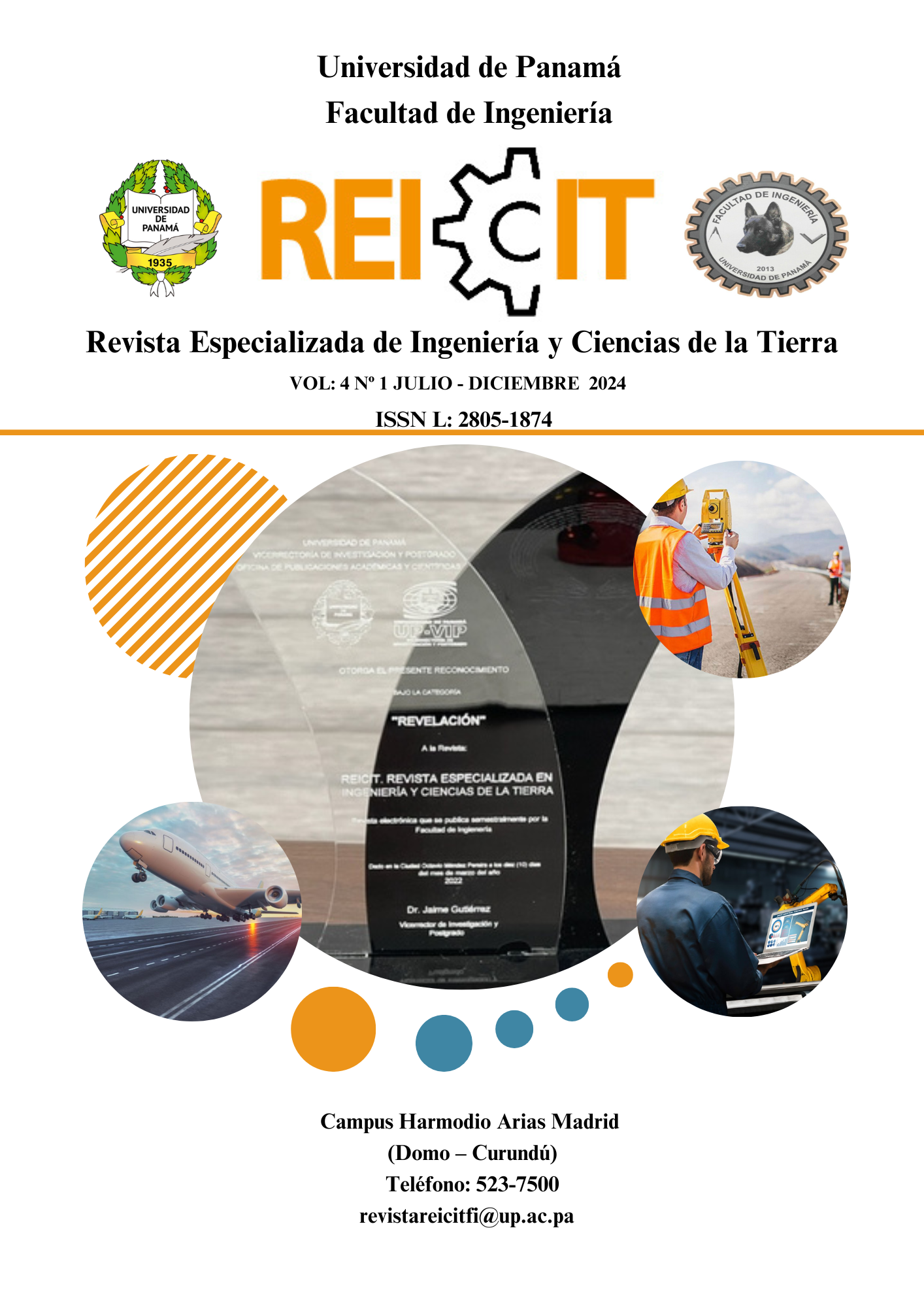

Copyright (c) 2024 REICIT

This work is licensed under a Creative Commons Attribution-NonCommercial-ShareAlike 4.0 International License.
Industries are forced to make constant changes in their operations due to the globalization of the market they face. To achieve development in organizations, it becomes necessary to implement indicators for production optimization in a food processing company in Panama. Having real-time information in the face of constant change is the foundation for managers to quickly make necessary adjustments to optimize production. The challenges they would face are efficiency, quality, and profitability of their operation. The objective of implementing indicators to measure and improve production in the food processing company would provide key information to identify areas for improvement and take corrective actions. To achieve this goal, information was collected about the existing production process, and the main challenges were identified. Key indicators such as production efficiency, cycle time, yield rate, product quality, and production costs were established. A data collection system was designed and software was implemented for analysis. The results obtained through the implementation of the indicators were significant. Production efficiency improved by 15%, resulting in higher actual production compared to planned production. Cycle time was reduced by 20%, leading to greater agility in the production process. Yield rate increased by 10%, meaning a more efficient use of resources and reduced raw material waste. Product quality also improved, with a 30% decrease in rejected products and higher compliance with food safety standards. Additionally, opportunities to reduce production costs by 12% were identified. Based on the results obtained, it can be concluded that the implementation of production optimization indicators had a positive impact on the food processing company. It achieved higher efficiency, quality, and profitability in the production process. The indicators provided a clear view of the company's performance and allowed for timely corrective actions. As a recommendation, continuous monitoring of the implemented indicators and periodic analysis to identify new improvement opportunities is suggested. It is also recommended to promote a culture of continuous improvement within the company, involving all employees in problem identification and seeking solutions. Additionally, staying updated on the latest trends and advancements in the food industry is essential to adapt to changes and maintain a competitive edge.